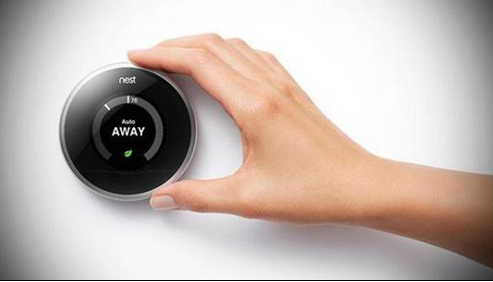There are news reports that in the next five years, Amazon will increase the number of employees in a secret hardware department in Silicon Valley by at least 27% and enter the smart home field. This fully shows that the field of smart home is very attractive and will become one of the main directions of future market competition. Even if you have not personally touched the actual product, you will have seen it in various media. So, to what extent has the so-called "smart home" developed? Data shows that only 13% of all users who have Internet devices (such as PCs, smartphones, and tablets) have Internet of Things devices. Obviously, smart homes are still a little far away from the general public. After in-depth discussion, we found that the reasons hindering the development of smart homes are mainly the following three points: 1. Publicity cannot change user understanding Although manufacturers continue to promote the advanced concepts of smart homes, most users still find it difficult to understand. Consumers actually need a more precise concept: Smart home means full automation? More fun? Or is it more energy efficient? Manufacturers tend to overemphasize the concept of "high-tech" in marketing, while ignoring the use itself. Another meaning of "high-tech" is complexity. Many users still do not understand how to install applications on their smart phones or set up home wireless routers; smart homes are shared and the rules are extremely complicated. Not everyone is an IT engineer. Coupled with the different compatibility and application design issues between devices, no single manufacturer can overcome these obstacles for the time being. Of course, smart home platforms like Apple's HomeKit provide a holistic solution. You don’t need to download a special application for each device, and you can operate it through Siri. You only need to purchase a device compatible with the HomeKit platform. This concept may help smart home products to be further popularized in the future, at least conceptually for consumers Understand what a "smart home" is. In addition, companies such as IBM are developing new artificial intelligence technologies, which may help smart home products to achieve breakthroughs. Obviously, if you can adjust the temperature by saying "too cold" to the thermostat, or can automatically sense temperature changes without any settings, this "dumb" intelligence may impress consumers. At present, products like Nest that only have unstable contextual association technology are sometimes still intangible, and it is difficult for consumers to completely get rid of complex and troublesome settings. Second, the price of smart home products is high A simple example, compare the prices of Nest and ordinary thermostats, you will find that the difference in the middle is up to 7 times; the door lock of your home may now only cost 300 yuan, but the August smart door lock needs 1,500 yuan ; If you want to replace all the light bulbs at home with Philips Hue, it may cost 5100 yuan (1700 yuan for three). In other words, even if ordinary consumers want to experience the freshness of mobile phone-controlled door locks or light bulbs, the expensive price is a “blockerâ€. Another issue is practicality and selling point. For example, the CEO of August smart door lock declared that his product is not just a door lock, but a "robot" that opens the door for you. How many users will this marketing concept really attract? It is difficult to determine. Obviously, price is a major obstacle to current smart home products, and users often don't understand how they are used, and high prices have further become a reason to prevent users from adopting new products. As an emerging product, the price of smart home equipment will take years to achieve popularization. Third, there are hidden safety hazards in smart products The last problem is a safety hazard. Even if most smart home devices use embedded systems (cannot install applications), it does not prevent hackers from invading devices via the Internet. Including Nest, surveillance cameras, smart refrigerators and other equipment, there have been security problems, obviously this is very scary. Imagine that if your smart door locks and home monitoring equipment are invaded, the most basic security needs of the family are difficult to guarantee. Who will buy this kind of equipment? At the same time, users cannot be sure whether technology companies have collected user information without authorization and used it for commercial purposes. This is another hidden danger of smart homes: privacy issues. This also requires greater supervision and rule-making by relevant departments to promote the development of the entire industry. to sum up Maybe one day, all houses will be smart, but it is clear that smart home products still have a long way to go. The first step to success is to gain recognition in the consumer sector. Obviously, the above three problems need to be resolved first. Consumers need a simpler way to use products, instead of labeling "smart", it actually requires more complicated preliminary work, and at the same time bears high prices and potential safety hazards. After all, mankind invented tools for a better life, not for adapting to tools. Pharmaceuticals,2-Methyl- Propanoic Acid Monohydrate Price,2-Methyl- Propanoic Acid Monohydrate Free Sample,Pure 2-Methyl- Propanoic Acid Monohydrate Zhejiang Wild Wind Pharmaceutical Co., Ltd. , https://www.wild-windchem.com